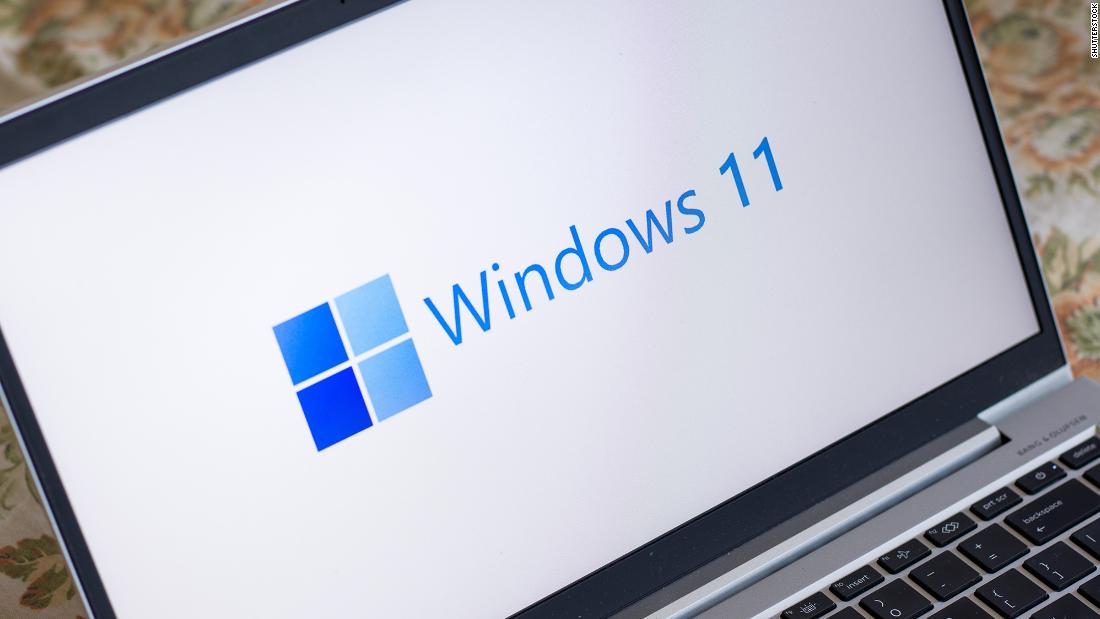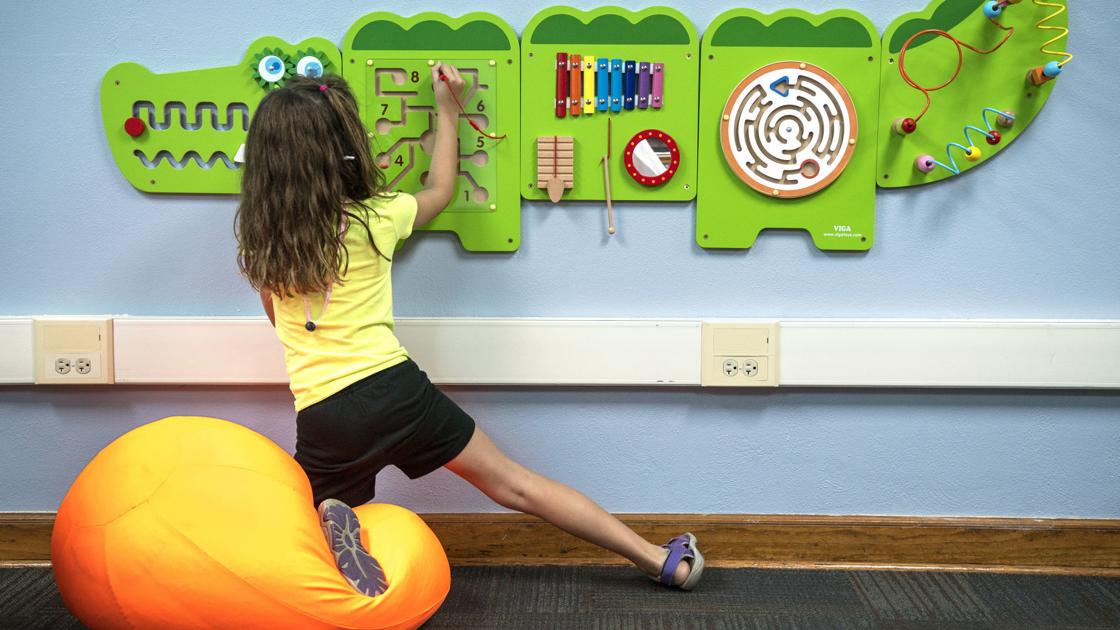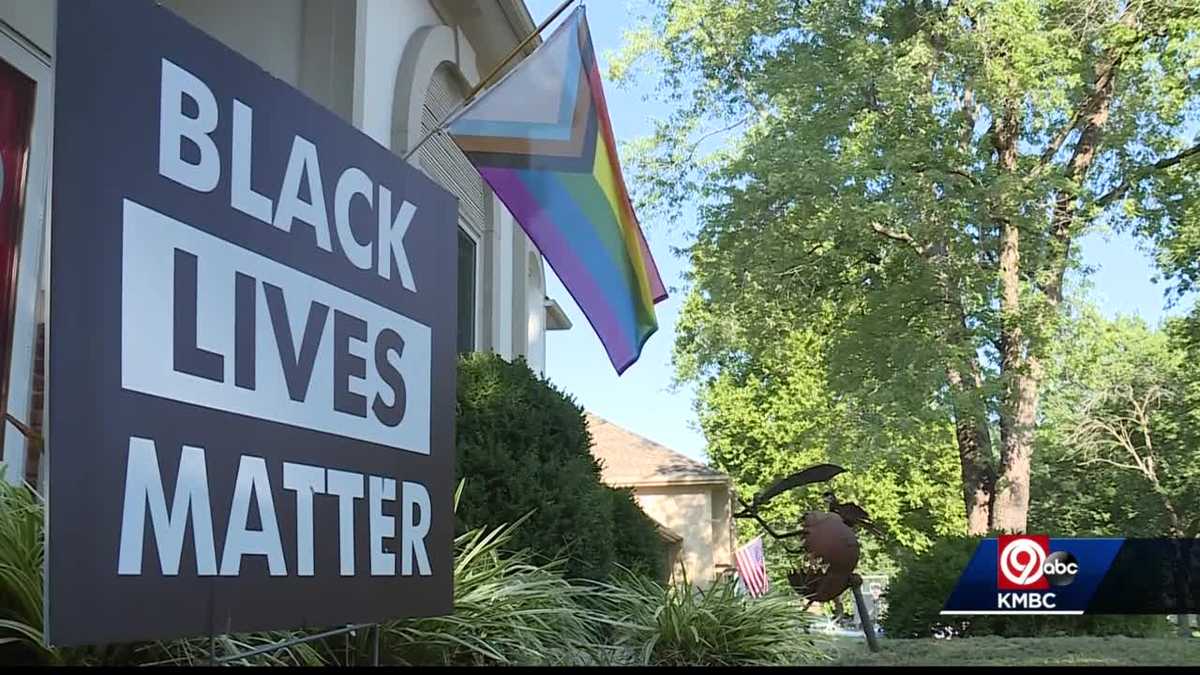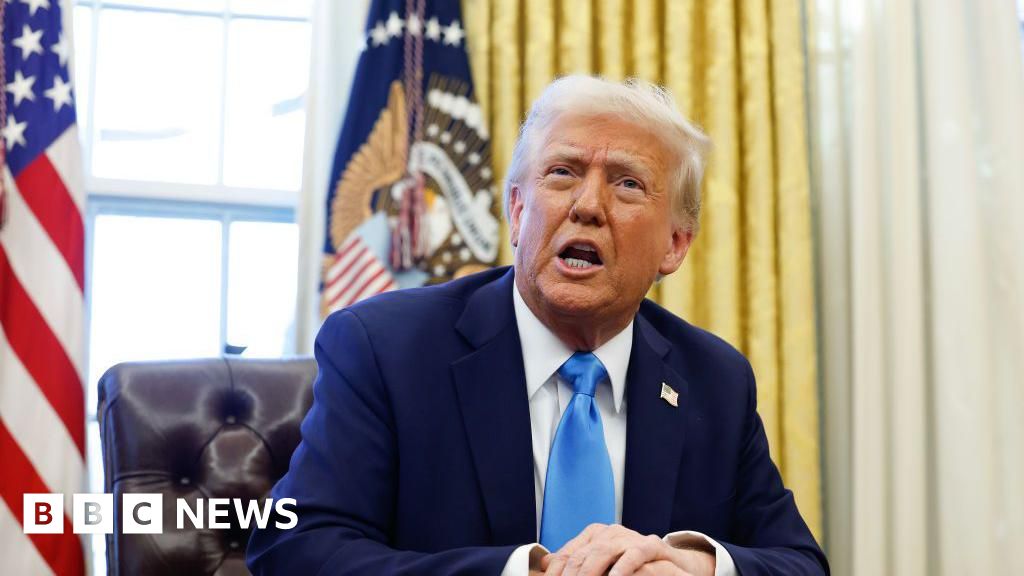Starting October 5, the company will begin a “phased and measured” approach to the free upgrades, in which newer devices will be given priority over older equipment. Microsoft had previously said it expected to release Windows 11 next year.
All eligible users will receive the free upgrade by mid-2022.
Perhaps one of the biggest changes Windows 11 will bring is a Start menu and new Start button that’s centered on the taskbar. The menu opens a window with pinned apps, “recommended” recently opened documents and a search bar.
The Windows 11 launch comes six years after Microsoft last overhauled its operating system with Windows 10, a major upgrade that’s now running on roughly 1.3 billion devices worldwide, according to CCS Insight. Compared to the substantial change from Windows 8 to Windows 10, Windows 11 isn’t a “revolutionary step,” CCS CEO Geoff Blaber said.
“Windows 11 is an iterative release,” Blaber said. “Microsoft is making adjustments to areas that have potential to move the needle on user experience, engagement and the ever-expanding reach of Office 365 apps.”
–CNN Business’ Clare Duffy contributed to this report.






